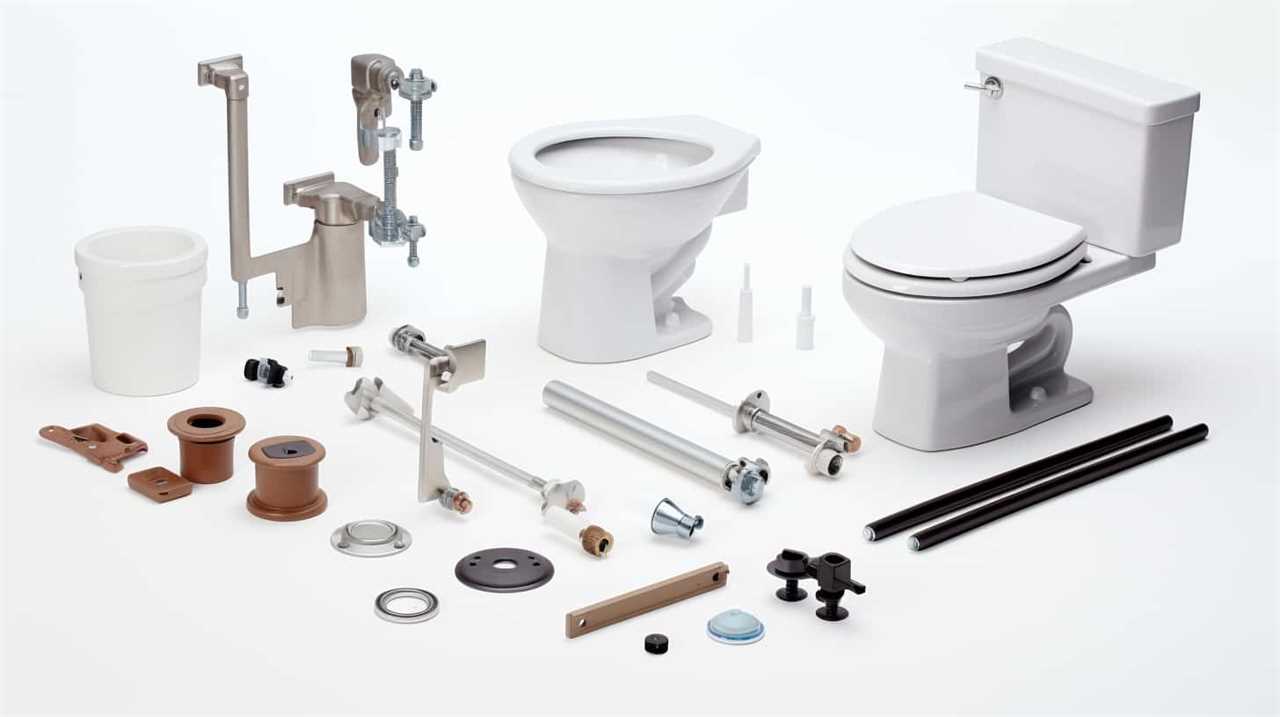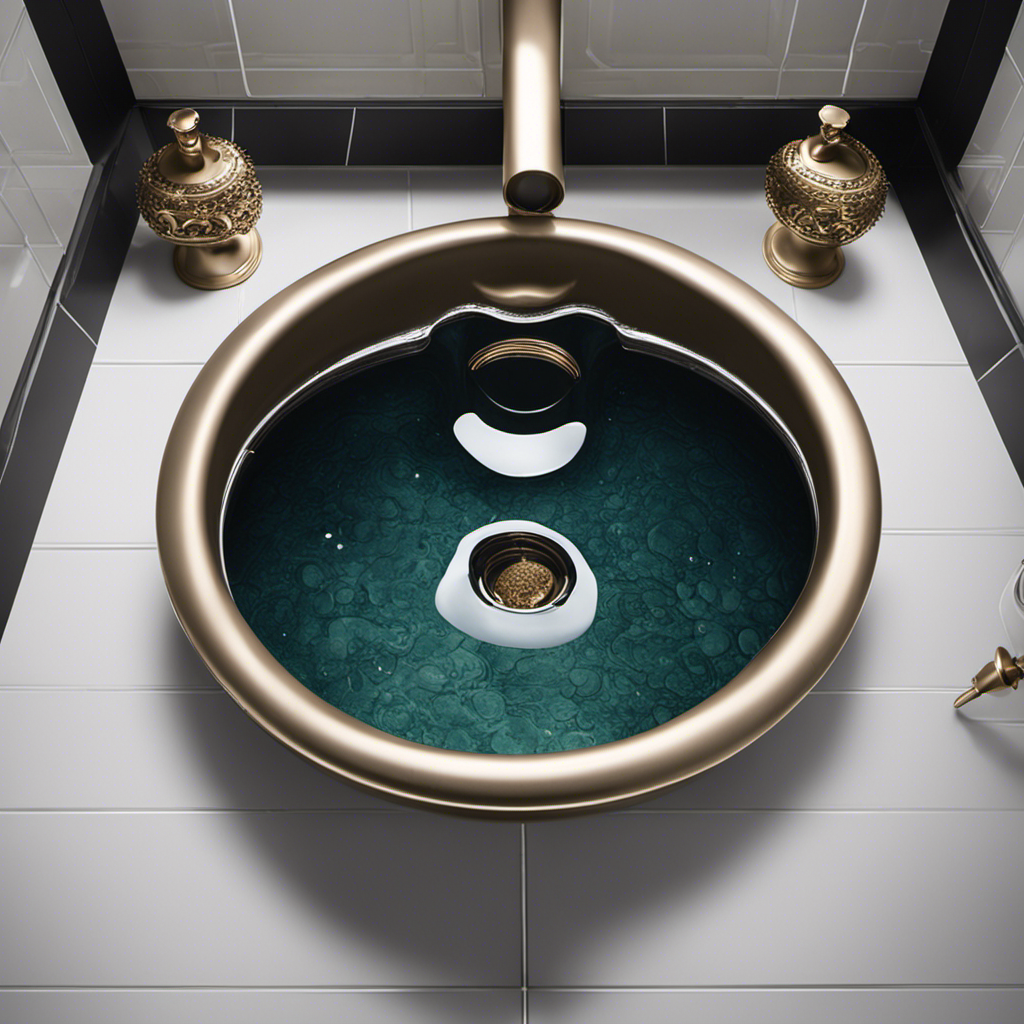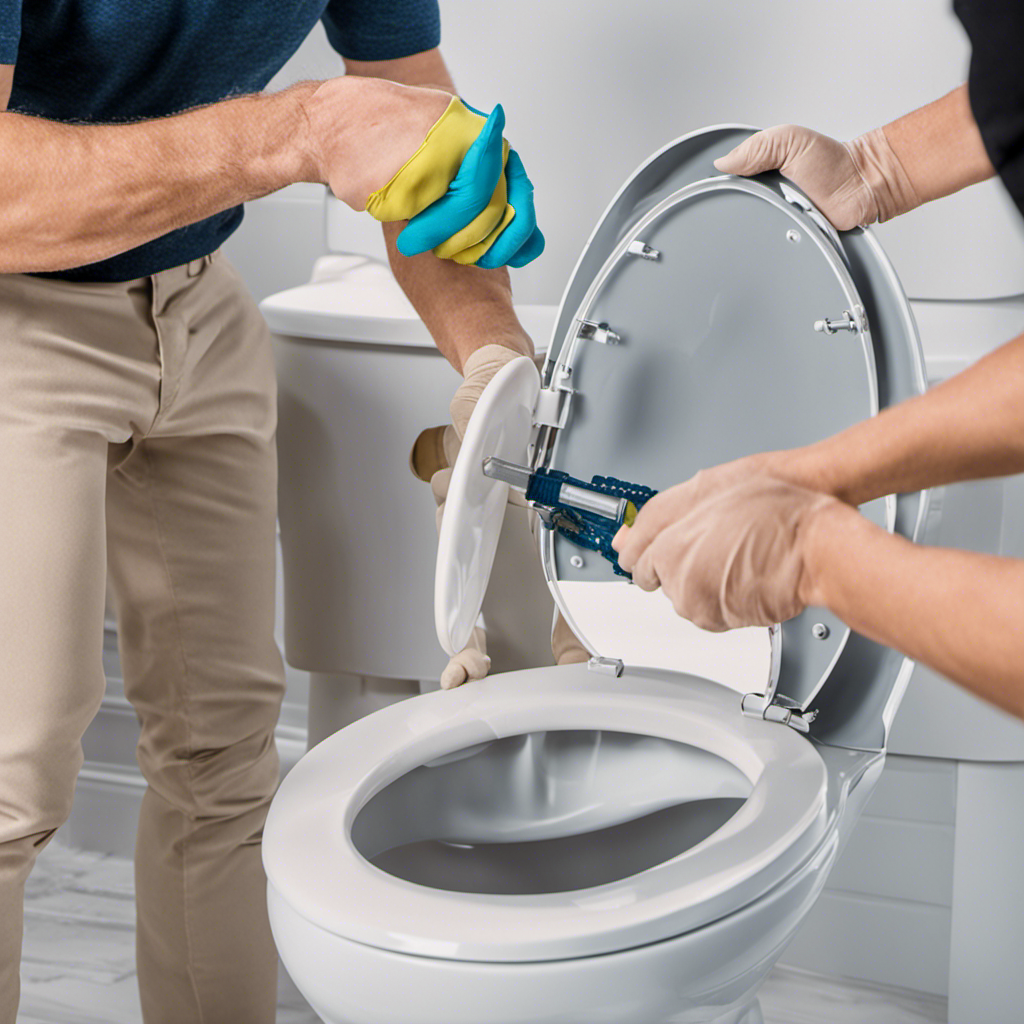I’ll show you the ins and outs of fixing your toilet flush handle.
Don’t let a loose or broken handle slow you down – I’ve got you covered.
In this guide, I’ll walk you through tightening a loose handle and replacing a broken one.
We’ll troubleshoot common issues along the way, ensuring you have a fully functional toilet in no time.
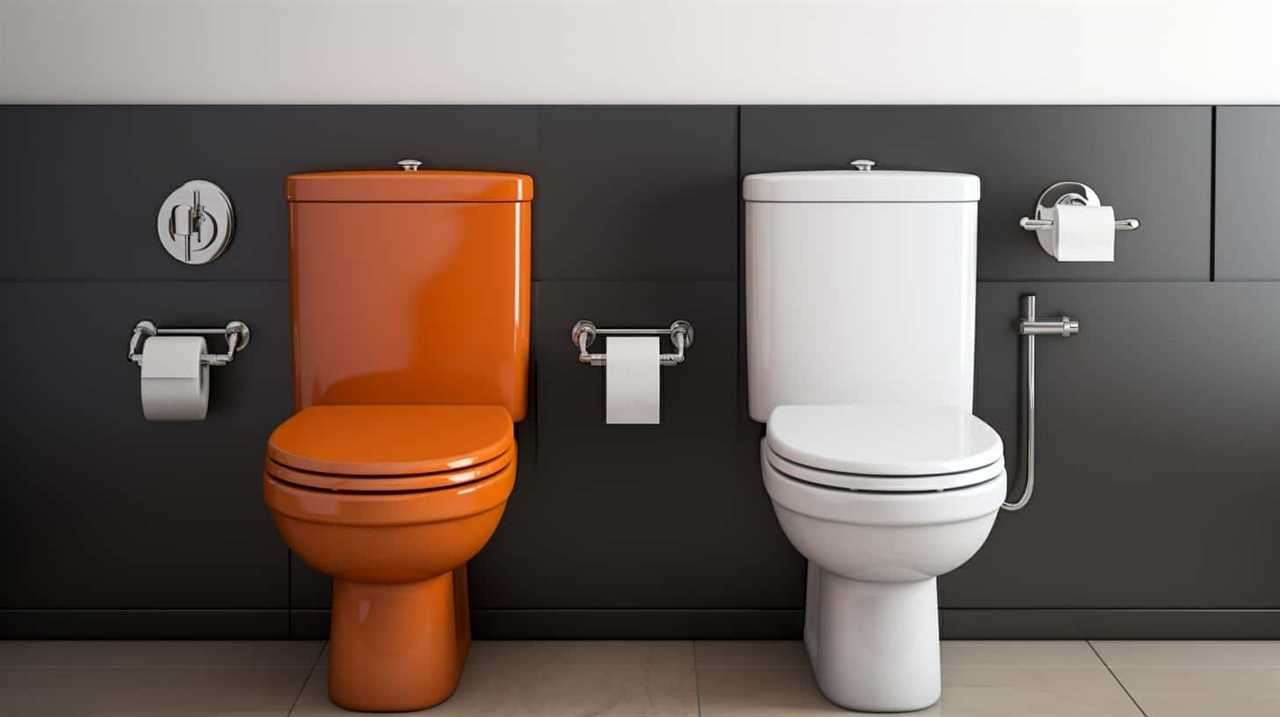
Get ready to master the art of the toilet flush handle.
Let’s dive in!
Key Takeaways
- The flush handle is connected to a lever inside the toilet tank, which lifts the flapper valve to initiate the flushing process.
- Flush handle maintenance is essential for proper toilet functioning.
- Tools required for fixing a toilet flush handle include a screwdriver, pliers, adjustable wrench, and lubricant.
- To tighten a loose flush handle, locate the nut or screw underneath the toilet tank and tighten it clockwise with pliers or a wrench.
Understanding the Flush Handle Mechanism
To understand the flush handle mechanism, I’ll explain how a typical toilet handle works. The flush handle is connected to a lever inside the toilet tank. When you press down on the handle, it lifts the lever, which in turn lifts the flapper valve, allowing water to flow from the tank into the bowl and initiate the flushing process. After releasing the handle, the lever and flapper valve return to their original positions, sealing the tank and stopping the flow of water.
Flush handle maintenance is essential to ensure proper functioning of the toilet. If you’re experiencing problems with your flush handle, such as it being loose or not flushing properly, there are a few troubleshooting steps you can take. First, check if the handle is securely fastened to the tank. If it’s loose, tighten the mounting nut. If the handle isn’t flushing properly, it may be because the chain connecting the handle to the flapper valve is too loose or too tight. Adjust the chain length accordingly.

Understanding the flush handle mechanism is the first step in troubleshooting flush handle problems. In the next section, we’ll discuss the tools required for fixing a toilet flush handle.
Tools Required for Fixing a Toilet Flush Handle
Now let’s talk about the tools you’ll need to fix a toilet flush handle.
Proper maintenance of a toilet flush handle is crucial to ensure its smooth operation.
To adjust the tension of a toilet flush handle, you’ll require a few essential tools.

Firstly, you’ll need a screwdriver, preferably a flathead or Phillips head, depending on the type of screws used in your flush handle mechanism.
Additionally, a pair of pliers will come in handy for loosening and tightening nuts and bolts.
In some cases, you may also need an adjustable wrench to secure any loose connections.
Lastly, keeping a small container of lubricant, such as silicone or petroleum jelly, will help reduce friction and ensure smooth movement of the handle.

With these tools in hand, you’ll be ready to fix any issues with your toilet flush handle efficiently.
Step-by-Step Guide to Tighten a Loose Flush Handle
To tighten a loose flush handle, follow these step-by-step instructions:
- Locate the nut or screw underneath the toilet tank that secures the handle to the flushing mechanism.
- Use a pair of pliers or a wrench to tighten it clockwise. Be careful not to overtighten, as this could cause damage.
Once the nut or screw is tightened, test the handle by flushing the toilet to ensure it no longer wobbles. If the handle still feels loose:
- You may need to tighten it further or consider replacing the handle altogether.
- It’s important to secure a loose toilet lever promptly to prevent any further damage or inconvenience.
Now, let’s move on to the next section about how to replace a broken toilet flush handle.

How to Replace a Broken Toilet Flush Handle
After locating the nut or screw underneath the toilet tank that secures the handle to the flushing mechanism, I’ll now explain how to replace a broken toilet flush handle.
To begin, turn off the water supply to the toilet and flush to drain the tank.
Next, unscrew the nut or remove the screw using a wrench or pliers. Take note of the position and orientation of the old handle for reference.
Then, remove the broken handle and replace it with a new one, making sure it aligns properly with the flushing mechanism. Secure the new handle by tightening the nut or screw.
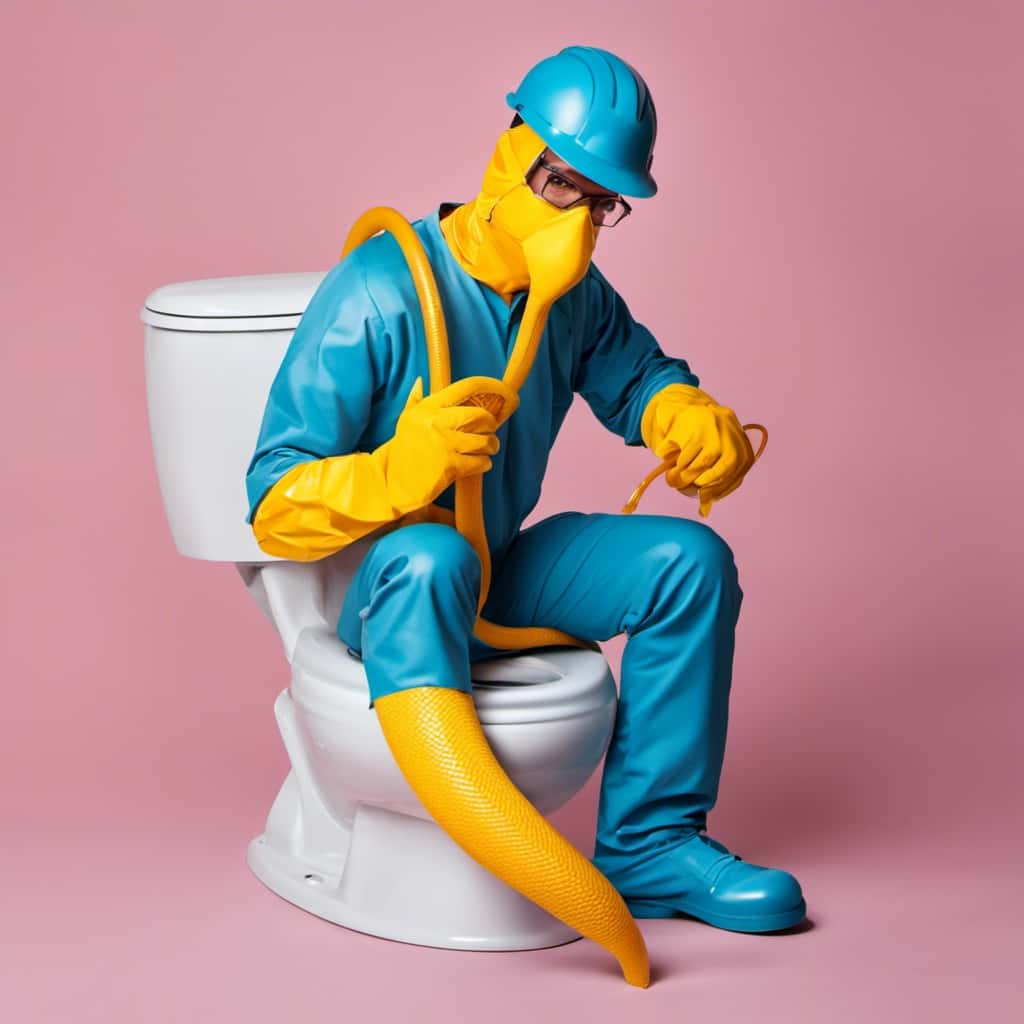
Finally, turn on the water supply and test the new handle’s functionality.
If you want to explore alternative toilet flush handle options, consider choosing a durable and high-quality handle made of materials like stainless steel or brass.
To prevent future damage, avoid excessive force when flushing and perform regular maintenance to keep the handle in good condition.
Troubleshooting Common Toilet Flush Handle Issues
As I continue discussing the topic of troubleshooting common toilet flush handle issues, it is important to address some common problems that can arise with the handle’s functionality. Two of the most common issues are a stuck toilet flush handle and the need to adjust the tension on the handle. A stuck handle can be caused by a variety of factors, such as a loose or broken chain, a misaligned handle arm, or a buildup of mineral deposits. On the other hand, adjusting the tension on the handle is often necessary when the handle is either too loose or too tight. To help you better understand these issues, I’ve created a table outlining the common causes and tips for troubleshooting them:

| Common Causes of a Stuck Toilet Flush Handle | Tips for Adjusting the Tension on a Toilet Flush Handle |
|---|---|
| Loose or broken chain | Tighten or replace the chain |
| Misaligned handle arm | Realign the handle arm |
| Buildup of mineral deposits | Clean or replace the handle mechanism |
Frequently Asked Questions
How Often Should I Check and Maintain My Toilet Flush Handle Mechanism?
Regular inspection and maintenance of the toilet flush handle mechanism is essential. It ensures proper functioning and prevents potential issues. I check and maintain mine at least once a month to avoid any surprises.
Can I Use Any Type of Wrench to Tighten a Loose Flush Handle?
Using the wrong tools to tighten a loose flush handle can damage it. It’s important to use the correct wrench size and follow safety measures. Don’t risk a messy situation, call a professional.
Are There Any Safety Precautions I Should Take Before Attempting to Replace a Broken Toilet Flush Handle?
When replacing a broken toilet flush handle, it’s important to take safety precautions. Avoid using excessive force and be cautious of sharp edges. Common mistakes include incorrect installation and damaging the toilet tank.
What Should I Do if My Toilet Flush Handle Feels Stiff or Difficult to Push Down?
If my toilet flush handle feels stiff or difficult to push down, I would start by checking for any debris or obstructions around the handle. If that doesn’t fix the issue, I might consider adjusting the chain length or replacing the handle altogether.
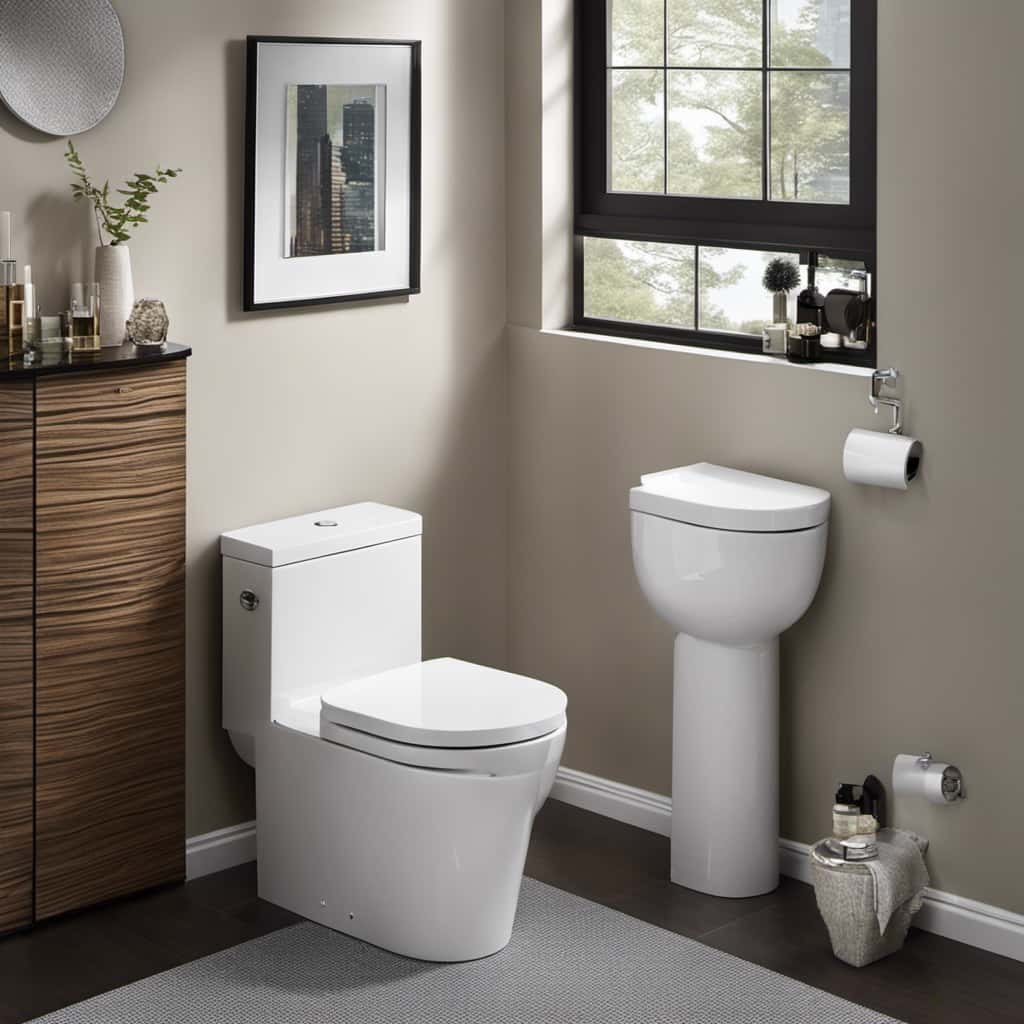
Is It Possible to Adjust the Water Level in the Toilet Tank by Adjusting the Flush Handle Mechanism?
Yes, it is possible to adjust the water level in the toilet tank by troubleshooting the flush handle mechanism. By adjusting the mechanism, you can control the amount of water that fills the tank after each flush.
Conclusion
After following this step-by-step guide, you should now have a clear understanding of how to fix a loose or broken flush handle on your toilet.
By using the right tools and carefully following the instructions, you can easily tighten or replace the handle to restore the functionality of your toilet.
Remember to troubleshoot any common issues that may arise during the process.

With a little effort and know-how, you can successfully tackle this DIY project and enjoy a properly functioning toilet once again.
